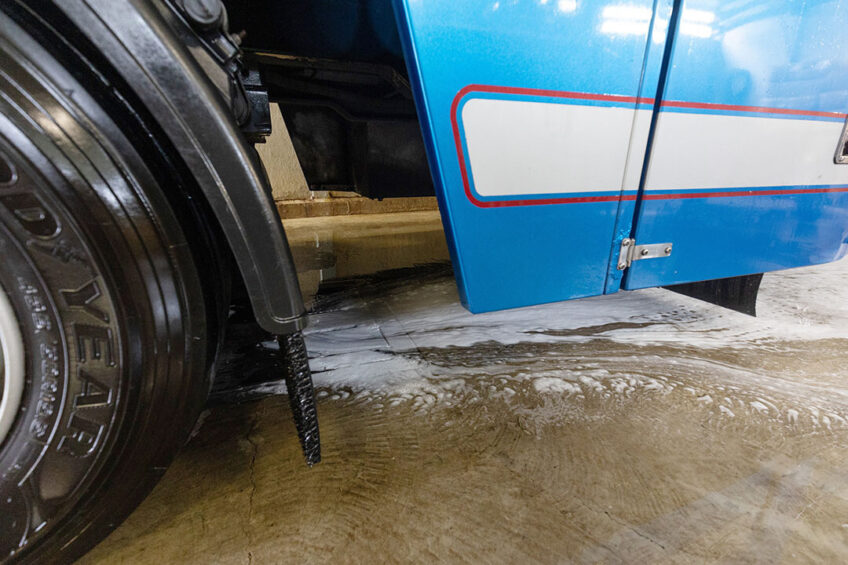North America prepares for arrival of ASF

The US Department of Agriculture (USDA) will host its third North American African Swine Fever Forum from August 29 to 31 in Raleigh, North Carolina. Those attending will discuss, among other things, the US Protection Zone, readiness for depopulation and disposal, surveillance and laboratory capacity preparedness, and traceability and information management during an ASF outbreak.
The Forum will include in-person and virtual sessions, with participants from the government and industry in the US, Canada and Mexico as well as representatives from the Caribbean, Central and South America, Europe, and international organisations.
Mapping the spread
Should ASF arrive in the US, researchers from North Carolina State University may be able to provide insight in its spread and how best to contain it. The researchers used a model called PigSpread to look at how a potential outbreak in the southeastern US could lead to further outbreaks. The model is based on the Morrison Swine Health Monitoring Project, in which data from almost 3,000 swine farms in the southeastern US was collected.
The model includes analyses of 6 types of disease transmission, including farm-to-farm pig movements, vehicle movements and local spread. Using the model, the researchers not only looked at spread, but also examined the effectiveness of control actions similar to the ASF national response plan. The analysis has been published in the journal Preventive Veterinary Medicine.
Secondary ASF infections
The team found the average number of secondary infections during the first 60 days of the outbreak was 49 finisher farms, 17 nursery farms, 5 sow farms, and less than 1 farm in other production types. “The between-farm movements of swine were the predominant route of ASF transmission with an average contribution of 71.1%, while local spread and movement of vehicles were less critical with average contributions of 14.6% and 14.4%,” the researchers stated in their paper.
“We demonstrated that the combination of quarantine, depopulation, movement restrictions, contact tracing, and enhanced surveillance, was the most effective mitigation strategy, resulting in an average reduction of 79.0% of secondary cases by day 140 of the outbreak.”
ASF in the Caribbean
ASF has already spread to the Dominican Republic and neighbouring Haiti. In the summer of 2021, genotype II of the virus was confirmed on this island. This is the same genotype as has been spreading in Asia and Middle and Eastern Europe since 2007. So far, no outbreaks have been recorded in other countries in the Americas. In the 1970s and 1980s, both the Dominican Republic and Haiti, as well as Brazil and Cuba, were infected by genotype I of the virus. At the time, the virus was eradicated.











